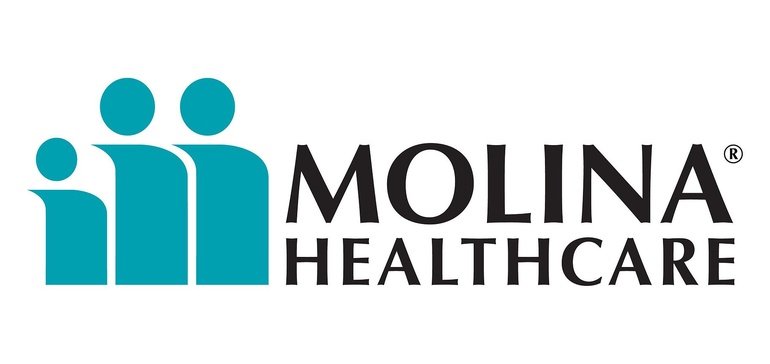
Dive Brief:
- Despite a worsening pandemic in the U.S., Molina Healthcare reported profit and revenue increased about 6% and 18%, respectively, compared with the prior-year period. The results released Wednesday bested analyst expectations.
- Molina now insures a total of just over 4 million people across its government-sponsored health plans, marking a 21% growth in enrollment compared with the third quarter of 2019.
- The effects of the COVID-19 pandemic were “negligible to slightly positive” for the third quarter. The company increased its full-year revenue guidance and expects to generate revenue of $ 19.6 billion, above previous estimates of $ 18.8 billion.
Dive Insight:
Medical utilization was starting to tick back to normal levels during the third quarter after bottoming out in the second quarter due to the uncontrolled pandemic. However, that may quickly change as the nation continues to report record case counts.
Molina CEO Joseph Zubretsky said utilization was still curtailed at the beginning of the third quarter but that “sort of evaporated” as the quarter moved on, he told investors during Thursday’s conference call.
Yet, Zubretsky said that when infection rates began to spike toward the end of the quarter there was a reaction to that in the market as some retreated from care. He noted the company is learning a lot about consumer behavior during this tumultuous period.
“It’s very reactive to the COVID infection rate, both in the number of hospitalizations we have directly related to COVID and how quickly elective and discretionary procedures begin to wane when the COVID infection rate is reported,” Zubretsky said.
As for the fourth quarter, he believes there will be higher COVID-related costs and the market will “see the shadow effect of the continued curtailment.”
The return to care by its members was visible in the decline in the amount of deferred care. In the second quarter, it was estimated that between $ 190 million and $ 240 million in care was put off, Molina’s CFO said Thursday. That range dropped to between $ 95 million and $ 105 million for the third quarter.
As such, what Molina calls its medical care ratio was higher in the third quarter than it was in the second quarter of 2020 when the industry felt the biggest shocks from the virus. The payer defines its MCR as medical costs as a percentage of premium revenue.
Molina’s ratio for the third quarter was 85.9%, though still lower than the third quarter of 2019.
In somewhat of a surprise, Molina noted an increase in its ratio for its marketplace business due to its pandemic costs in Texas and acuity of patients.
Tracking the amount of premium dollars on member care is an important task for insurers, as many are required by the Affordable Care Act to spend a certain percentage on member care as opposed to salaries, other administrative costs and profits.
Still, Molina reported net income of $ 185 million compared with $ 175 million during the prior-year period on revenue of $ 5 billion.
States do not want to see insurers profit off the pandemic, and many have mechanisms in place to claw back payments to Medicaid managed care providers such as Molina.
To date, Molina noted that it has returned $ 163 million — $ 88 million in the third quarter — to states as care is deferred.
“We do not intend nor do we want to keep state Medicaid money that was intended to be spent on medical benefits but was not due to utilization curtailment caused by COVID,” Zubretsky said.
In less that two weeks, the U.S. Supreme Court will hear arguments in the case that is seeking to end the ACA. Zubretsky predicted that even if the court finds the individual mandate unconstitutional, they should find it severable from the remainder of the law.
“Regardless of the Supreme Court’s ruling, we believe there is a high likelihood of a legislative fix to the law before any final legal opinion would go into effect,” he added.
